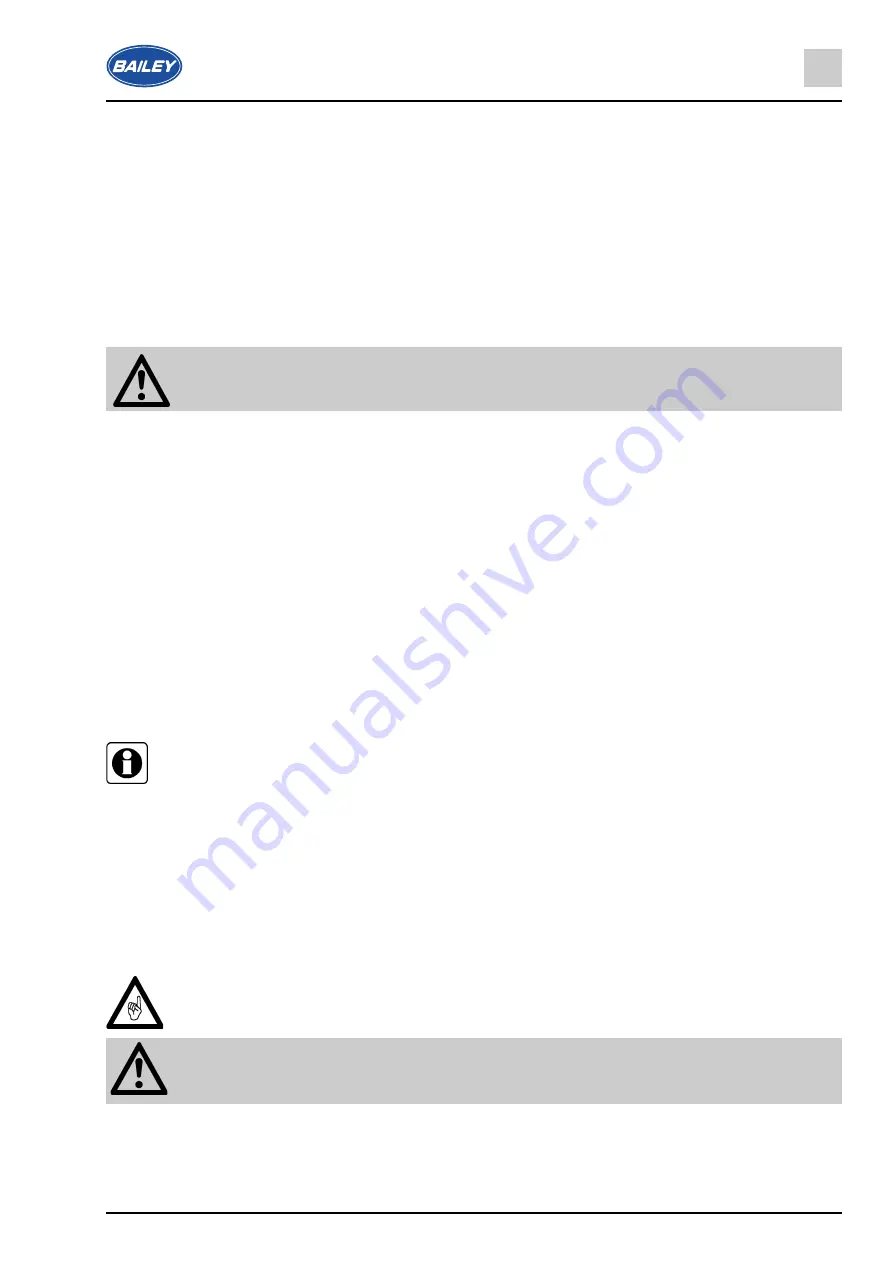
2-1
Caravan & Tow Vehicle
2
2.1
INTRODUCTION
Choosing the right car and caravan combination for safe and stable towing is both an art and a science.
It may seem complicated to the newcomer, but a few minutes spent understanding the basic principles,
common terms and definitions in use will be worthwhile in ensuring your enjoyment of our product.
2.2
CARAVAN AND TOWING VEHICLE TERMS
Maximum technically permissible laden mass
: As stated by the vehicle manufacturer. This mass
takes into account specific operating conditions including factors such as the strength of materials,
loading capacity of the tyres etc. It is the maximum that the caravan can weigh on the road.
▲
Under no circumstances should the maximum technically permissible laden mass of this
caravan be exceeded.
Mass in running order
: Mass of the caravan equipped to the manufacturer’s standard specification.
User payload
: The difference between the maximum technically permissible laden mass and the mass
in running order.
User Payload includes:-
Essential habitation equipment:
Those items and fluids required for the safe and proper functioning of
the equipment for habitation as defined by the manufacturer of the caravan.
Personal effects:
Those items which a user can choose to carry in a caravan and which are not included
as essential habitation equipment or operational equipment.
Optional equipment:
Items made available by the manufacturer over and above the standard specification
for the caravan.
The masses relevant to your model of caravan can be found in the service handbook, page 6-8 to 6-11.
▲
Please take care to ensure that you have allowed for the masses of all items you intend to
carry in the caravan. E.g. optional equipment, essential habitation equipment and personal
effects such as clothing, food, bicycles, sailboard, sports equipment etc. The actual laden
mass of the caravan as towed should thus not exceed the maximum technically permissible
laden mass. The actual laden mass can be measured on a public weighbridge.
N.B.
Beware weighbridges although regularly checked can give varying (inaccurate) results.
Nose Weight
: That part of the weight of the caravan supported by the rear of the towing vehicle. This
is sometimes defined as the “static load at the coupling head”. The maximum nose weight for a caravan
will be limited by either the towing vehicle tow hitch limits or the maximum load to which the caravan
hitch is specified.
▲
The towing vehicle and towing hitch handbooks/manufacturers must be consulted for their
specification prior to towing.
▲
The maximum static nose weight for all Bailey caravans is 100Kg. This should never be
exceeded regardless of whether the towing vehicle’s upper limit is greater.
It is recommended that the nose weight should be varied to find the optimum for towing dependent
upon the actual laden weight of the caravan. Experience has shown that the nose weight should be
approximately 7% of the actual laden weight (i.e. between 50 and 100 kg).
Summary of Contents for Caravan
Page 1: ...Owner s Manual ...
Page 13: ...1 6 1 Introduction ...
Page 75: ...4 32 4 Caravan Equipment 1 2 3 4 5 6 7 8 9 10 12 13 14 15 11 ...
Page 107: ...4 64 4 Caravan Equipment ...
Page 114: ...5 7 General 5 2 1 5 4 3 6 5 3 ASSEMBLING THE BUNKS ...
Page 125: ...6 2 6 Index ...
Page 127: ...Bailey Caravans South Liberty Lane Bristol BS3 2SS www bailey caravans co uk ...








































